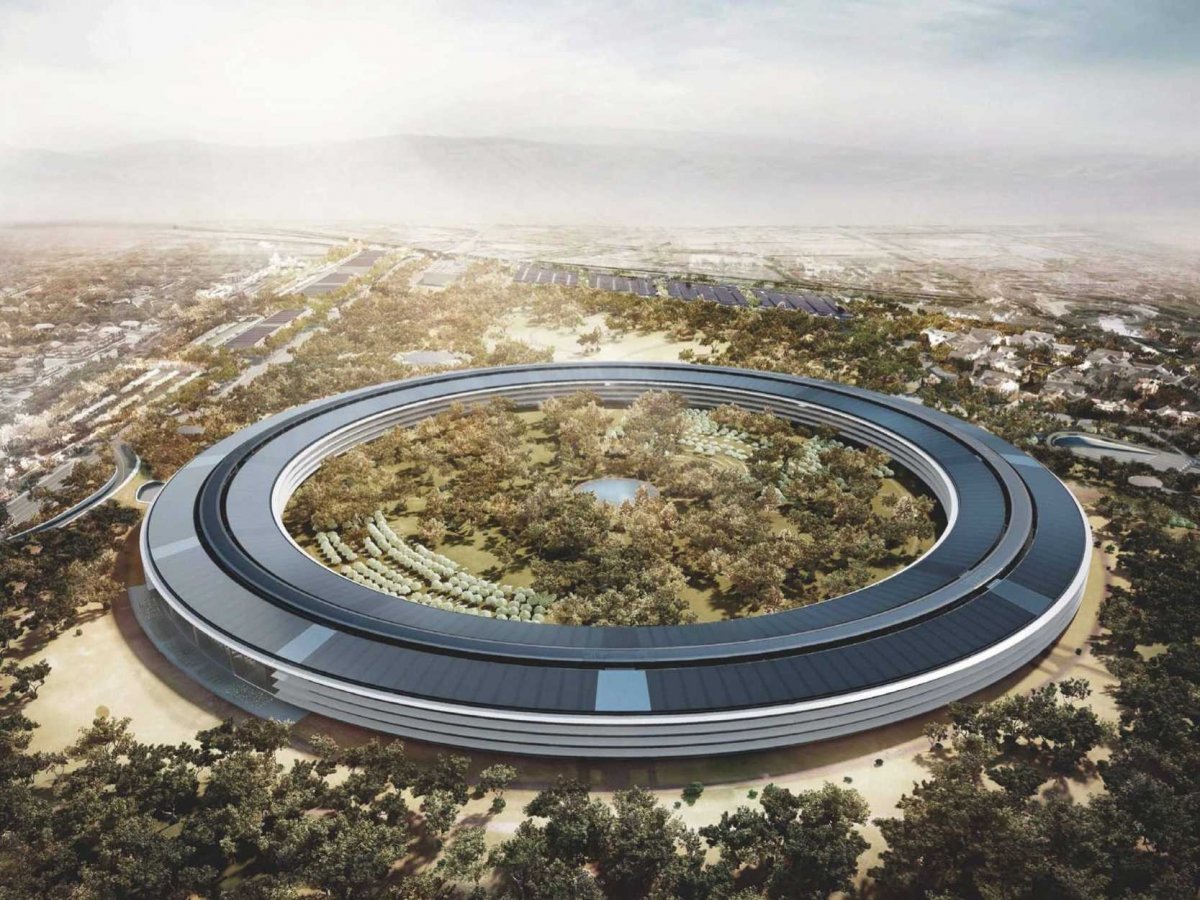Life at 2.0x Speed
I was talking to some folks I met recently at an event about the HR Happy Hour Show, and the cool things that are happening there with the other HR Happy Hour Network Shows, (I admit to talking about this a lot. I'm sorry). During the conversation, one of the persons at the table indicated that she would love to listen to more podcasts, but she (like many of us, I suppose), felt like she just didn't have enough time in her day/week to fit them in. With work, family, friends, community involvement, etc, spending a couple of hours a week listening to all the great podcasts that people tell her about just seems not doable for her right now.
At that point another person who was sort of half-participating in the conversation chimed in that he had the same challenge finding time for podcasts too, but he's 'solved' it by now listening to his favorite podcasts at 1.5x or sometimes even 2.0x speed. For those who don't listen to podcasts regularly, or who just may not be familiar with the speed adjustment feature of podcast apps, all of them allow you to increase the speed of the podcast stream to 1.5x or even 2.0x the normal speaking rate. So at 1.5x speed, a 30 minute podcast could be listened to in 20 minutes. At 2.0x you could cover it in 15. It just speeds up everything you hear. It is kind of like the old speed reading craze, except with audio.
But, and this could be just a personal issue for me, listening at 1.5x or 2.0x speed is really unsettling. The podcast hosts and guests all seem really amped up on six cups of coffee, everything about the conversation feels nervous, and listening to people talk that fast for that long, never taking what would seem to be natural pauses or breaths is just really off-putting. But technically you can listen that fast if you, as our friend above, are so pressed for time that turning 30 minutes into 20 is important in your day/life. But I still think you shouldn't do it. It's too weird.
Why do I care about this enough to blog about it?
I probably shouldn't care, but I have thought about that conversation and mister 'I listen at 2.0x' guy a few times since it happened a couple of weeks ago. And I kind of felt bad, (and a little guilty too).
Bad for a guy who is just a representative of our hyper-focused, productivity over all, 24/7, 'more-more-more', professional climate that seems to value doing as much productive work as possible at all times. And in this instance, turning the concept of time itself into something that can be bent to the gods of productivity.
And guilty for the fact that I don't speed up the listen rate when I play back podcasts, I do, often, find myself trying to make people get to the point faster, cut to the chase in emails, and text me instead of calling me - lest an interaction that can be reduced to 16 seconds actually take 3 minutes.
I don't speed up my podcasts, but too often I (try) and speed up lots of other things. And that is probably as unsettling as listening to sportswriters talk about the NBA draft at double speed.
NOTE: I spent 28 minutes writing this post. With any luck, next time I can get it down to 21.

 Steve
Steve

